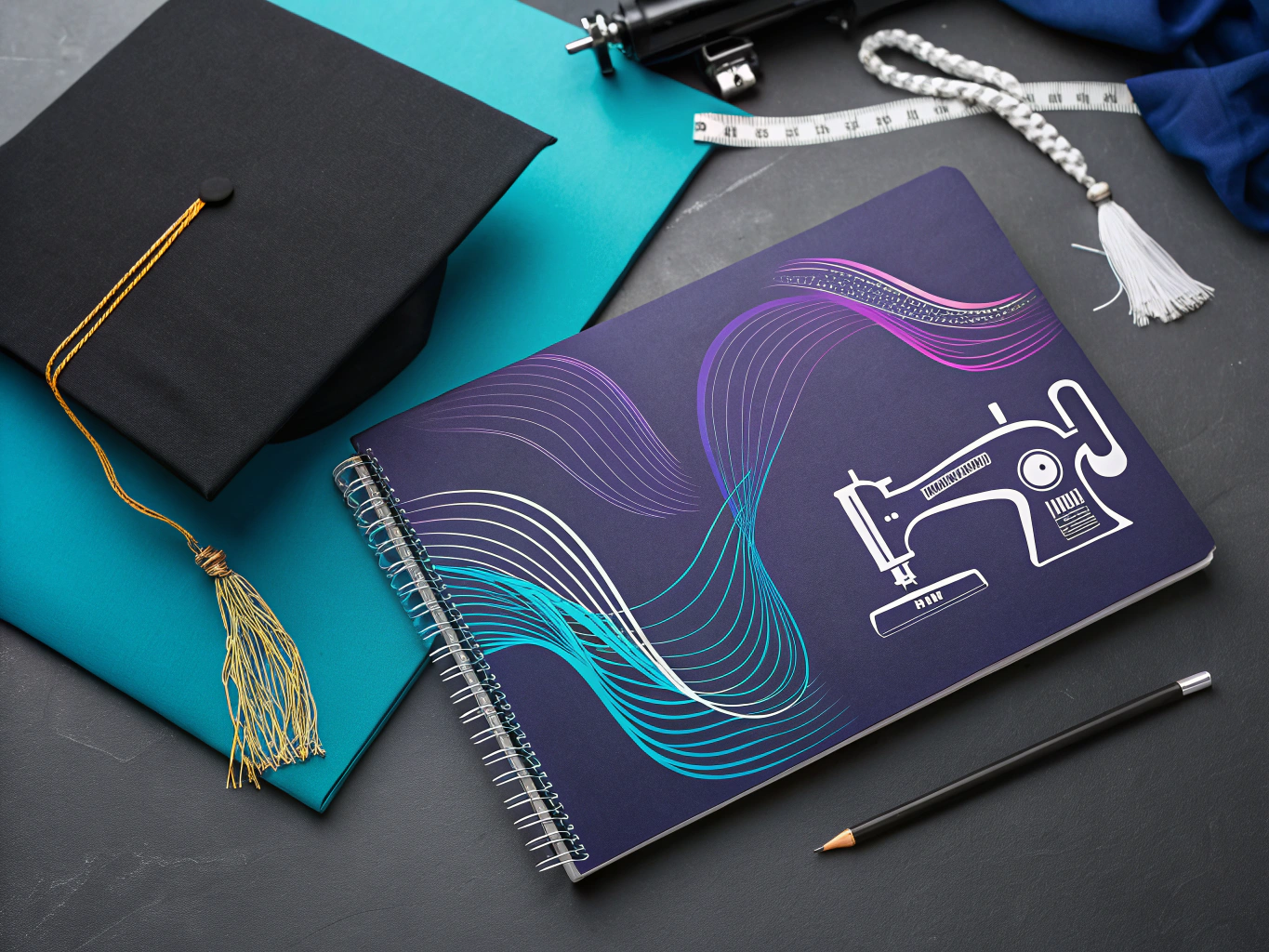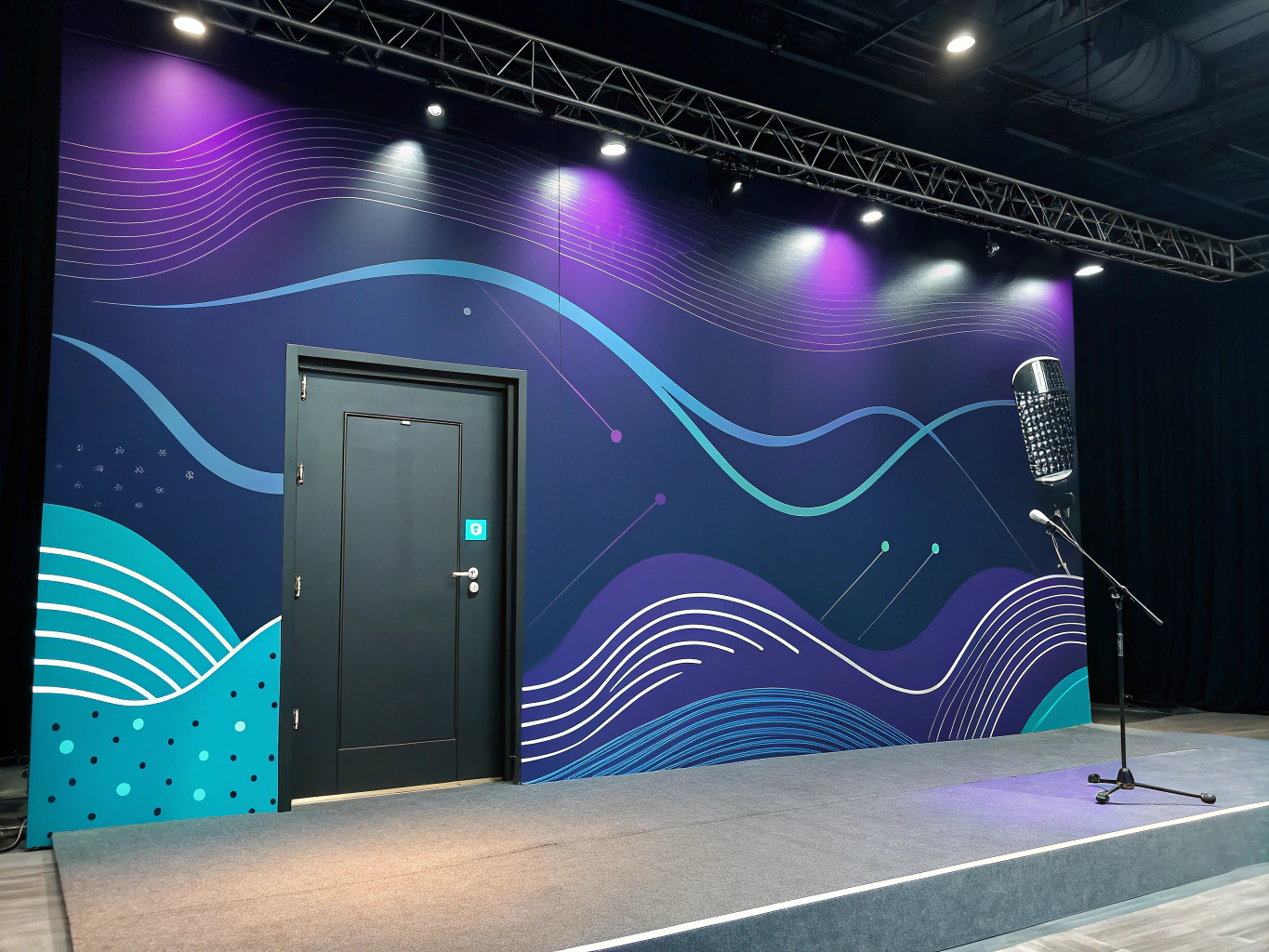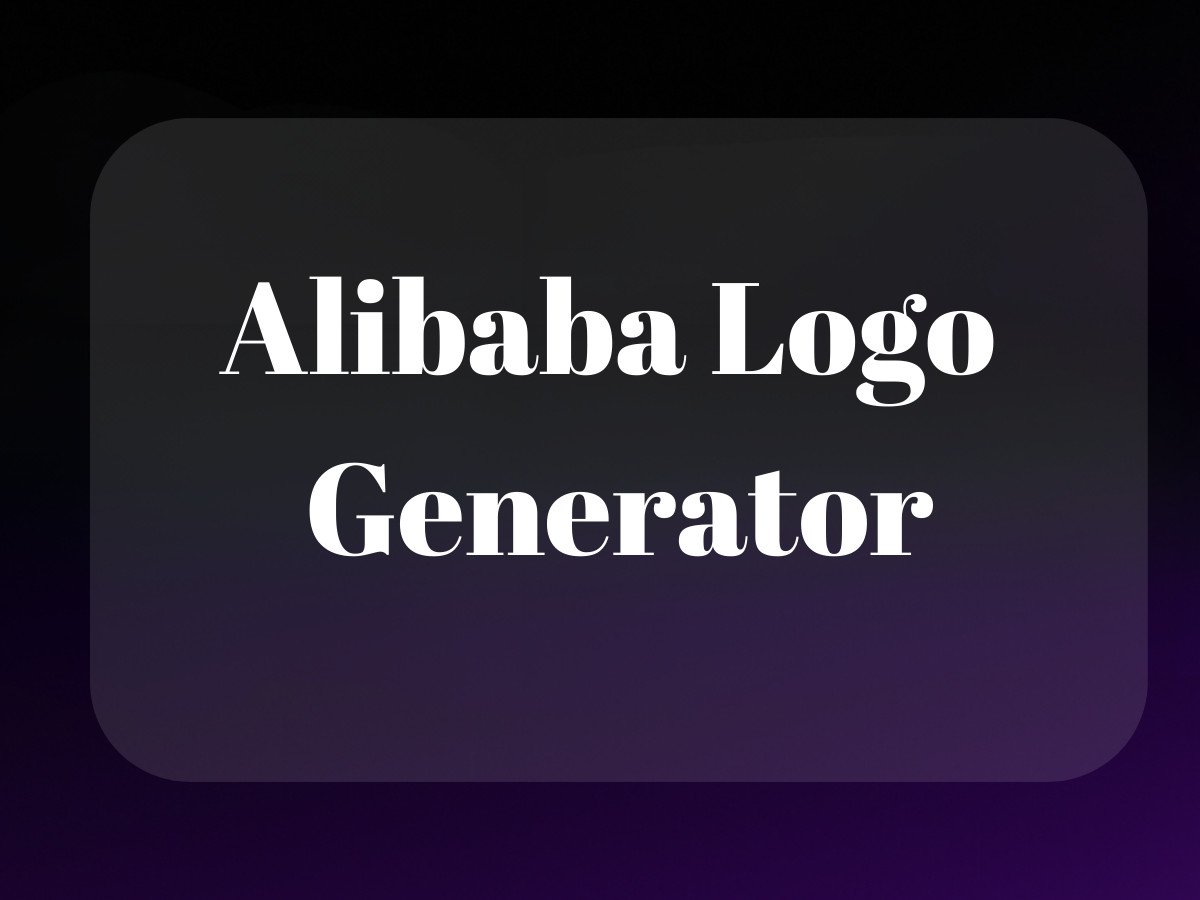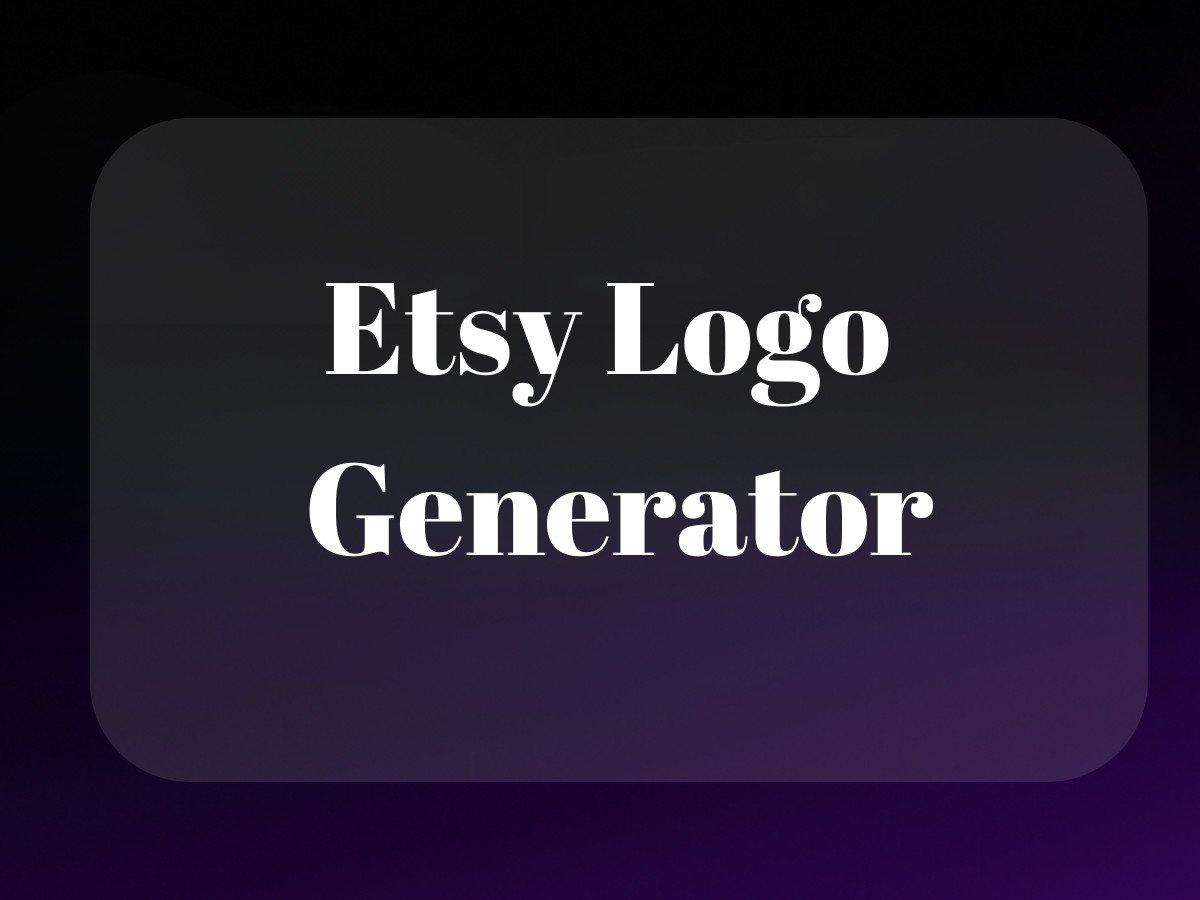The Evolution of Fashion and Apparel Design: Where Art Meets Commerce
Remember when fashion design meant sketching with pencils and physically draping fabric on mannequins? Those days feel like ancient history now – kind of like remembering when we had to actually go to stores to buy music. The fashion and apparel design landscape has transformed dramatically, shaped by technology, sustainability demands, and changing consumer behaviors.

But here’s the thing: while the tools and techniques have evolved, the core essence of fashion and apparel design remains beautifully human. It’s still about creating something that makes people feel confident, comfortable, and connected to their identity. The difference is that we now have an unprecedented toolkit at our disposal, including JPEG alternatives.
Understanding Fashion and Apparel Design in Today’s Context

Fashion and apparel design isn’t just about making pretty clothes anymore (though that’s still important). It’s become this fascinating intersection of art, technology, and problem-solving. Think of it as being a translator between human desires and wearable solutions – except instead of languages, you’re working with fabrics, forms, and functionality. Many designers are exploring types of photography for ecommerce to showcase their work.
The Scope of Modern Fashion Design
When someone asks “what is fashion?” they’re really asking about a complex ecosystem that spans from initial concept to final consumer. Fashion design degrees have evolved to reflect this reality – they’re not just teaching you how to sketch and sew anymore. The best fashion design classes now incorporate everything from 3D modeling to sustainability principles, similar to the Amazon print-on-demand approach.
What does a fashion designer do in 2024? Well, that’s kind of like asking what a tech company does – the answer is way more complex than it used to be. Modern fashion designers are part artists, part technologists, part sustainability consultants, and part business strategists. They’re working with AI tools to predict trends, using virtual fitting rooms, and developing eco-friendly materials, much like those selling on trade schools for fashion design.
The Education Revolution in Fashion Design
Looking for fashion design classes near me? The landscape of fashion education has completely transformed. Sure, traditional fashion colleges still exist and offer valuable bachelor of fashion design programs. But the path to becoming a fashion designer isn’t limited to a four-year degree anymore, much like the options for selling on eBay have diversified.
Colleges with fashion design majors are adapting their curricula to include digital skills, sustainable practices, and business acumen. But here’s what’s really interesting: some of the most innovative designers I’m seeing come from hybrid backgrounds – maybe they studied fashion technology and apparel designing through a mix of formal education and online learning, similar to how some sites like Alibaba operate.
The Fashion and Apparel Industry: A New Era
The fashion and apparel industry has become this fascinating experiment in balancing tradition with innovation. When we talk about what is fashion and apparel today, we’re really discussing a global ecosystem that’s being reshaped by technology, sustainability concerns, and changing consumer values.
What Makes an Apparel Designer in 2024?
An apparel designer today needs to be part creative genius, part tech wizard, and part sustainability advocate. They’re not just designing clothes – they’re solving problems. How do we create fashion that’s both beautiful and sustainable? How do we use technology to reduce waste in the design process? How do we make clothes that adapt to changing lifestyles? These questions are as relevant to fashion as they are to understanding how to shop on Shopify.
The meaning of fashion and apparel has expanded beyond just creating aesthetically pleasing garments. It’s about understanding human behavior, predicting cultural shifts, and creating solutions that work for both people and planet. Fashion technology and apparel designing have become inseparable – whether you’re using AI for trend prediction or 3D modeling for prototypes.
The Technical Evolution
Remember when fashion design was all about pencil sketches and physical prototypes? Now we’ve got fashion designers working with virtual reality, creating digital wardrobes, and using AI to predict next season’s trends. But here’s what’s fascinating – the best designers aren’t letting technology take over. They’re using it as a tool to enhance their human creativity, not replace it. This is similar to the strategies used in product photography jobs.
The fashion and apparel industry is experiencing this incredible fusion of art and science. We’re seeing designs that incorporate smart fabrics, sustainable materials, and even programmable elements. But at its core, it’s still about making people feel amazing in what they wear – we’re just using more sophisticated tools to get there.
Educational Pathways in Fashion and Apparel Design

Let’s be real – the path to becoming a fashion and apparel designer isn’t exactly like following a GPS. It’s more like navigating New York’s subway system during rush hour – there are multiple routes to get where you’re going, some more scenic than others, and yeah, you might get lost a few times along the way, similar to navigating best ecommerce platforms for clothing.
The Great Education Debate: Degree or No Degree?
Here’s the thing about fashion design degrees – they’re kind of like having a backstage pass to the industry. Sure, you can still get to the show without one, but that VIP access? It opens doors. The Fashion Institute of Technology (FIT), Parsons, and Central Saint Martins aren’t just schools – they’re launching pads for careers that have shaped what we’re all wearing right now.
But let’s not kid ourselves – these programs come with a price tag that could buy you a pretty decent wardrobe from every luxury brand out there. And in an age where we can learn pattern-making from YouTube and color theory from Instagram, the question “Is a fashion design degree worth it?” isn’t just valid – it’s essential, much like deciding fashion and trends in 2023.
The Self-Taught Designer’s Toolkit
Remember when we used to think AI would replace human creativity? Yeah, that didn’t happen. Similarly, self-taught designers aren’t replacing traditionally educated ones – they’re adding a whole new dimension to the industry. They’re the ones who often bring fresh perspectives, unbound by traditional rules and “proper” techniques.
Digital learning platforms have become the new design studios. Coursera, Skillshare, and even TikTok are serving up bite-sized fashion education that’s actually pretty impressive. I’ve seen self-taught designers create collections that would make the ghost of Coco Chanel nod in approval. This is akin to entrepreneurs wondering how much the average Shopify store makes per month.
The Fashion Design Process: Where Art Meets Science
Fashion and apparel design isn’t just about sketching pretty dresses while sipping espresso in a sun-lit studio (though that does sound nice). It’s a complex dance of creativity, technical skill, and market awareness – kind of like trying to solve a Rubik’s cube while riding a unicycle.
Research and Concept Development
The best designers I know are part artist, part anthropologist, and part fortune teller. They’re not just creating clothes – they’re reading the cultural tea leaves to predict what people will want to wear before they know they want to wear it. This involves diving deep into trend forecasting, consumer psychology, and sometimes just people-watching at your local coffee shop, much like predicting how much Amazon makes a day.
The Technical Side: Where Dreams Meet Reality
Here’s where things get interesting – and by interesting, I mean technically challenging. Pattern-making, draping, and garment construction are the holy trinity of turning those beautiful sketches into wearable art. It’s like architecture, but for the human body. And just like buildings, if the foundation isn’t solid, the whole thing falls apart.
Modern fashion design has embraced technology in ways that would make our designer ancestors’ heads spin. CAD software, 3D modeling, and digital fabric printing have revolutionized the design process. It’s not replacing traditional skills – it’s amplifying them. This is similar to how designers use product image backgrounds ideas to enhance visuals.
Collection Development: The Art of Storytelling
Creating a collection is like writing a novel where every chapter needs to work both independently and as part of the whole story. Each piece needs to sing on its own while harmonizing with the rest of the collection. It’s about balance, rhythm, and sometimes knowing when to throw in a plot twist.
Breaking Into the Industry: The Real Talk

Look, I’m not going to sugar-coat it – breaking into fashion design is tough. The industry can be as unforgiving as a pair of sample-size pants after holiday season. But here’s the thing: it’s also incredibly rewarding when you find your groove.
Building Your Portfolio: Your Fashion Design Resume
Your portfolio is your visual handshake with the industry. It needs to show technical skill, creative vision, and commercial awareness. Think of it as your personal Netflix series – each project should leave them wanting to see the next episode.
And here’s something they don’t always tell you in school: include your failures. Show your process, your iterations, your mistakes-turned-innovations. The fashion industry respects authenticity almost as much as it respects a well-constructed seam. This approach is similar to those exploring what can be sold to make money fast.
Networking: It’s Not Just Who You Know…
It’s who knows what you can do. Fashion weeks, trade shows, and industry events aren’t just about seeing new collections – they’re about making connections that could turn into collaborations. Social media has made networking more accessible, but it’s also made it more competitive. Stand out by being genuine, consistent, and always, always professional.
The future of fashion and apparel design is looking more exciting than ever. With sustainability driving innovation, technology enabling new possibilities, and global influences creating richer design languages, there’s never been a more interesting time to enter the field. Whether you choose the traditional education route or forge your own path, remember: fashion design isn’t just about making clothes – it’s about telling stories, solving problems, and sometimes, changing the world one garment at a time.
The Future of Fashion and Apparel Design: Where AI Meets Creativity
Let’s be honest – fashion and apparel design has always been this fascinating dance between human creativity and technological capability. We started with hand-stitching, moved to sewing machines, and now we’re watching AI generate entire collections. But here’s the thing: unlike other industries where AI is replacing human input, fashion design is becoming this beautiful hybrid of human artistry and artificial intelligence.
AI’s Role in Modern Fashion Design
Remember when we thought AI would just be helping with inventory management? Well, it’s now generating mood boards, suggesting color palettes, and even predicting next season’s trends with scary accuracy. But here’s what’s interesting – it’s not replacing designers. Instead, it’s becoming their most valuable collaborator, similar to how AI tools assist in dropshipping.
Think of AI in fashion design like having an incredibly fast intern who’s read every fashion magazine ever published and can instantly recall any design element you need. It’s not going to create the next groundbreaking collection on its own, but it’s going to help human designers work faster and push creative boundaries further than ever before.
The Evolution of Fashion Education
Traditional fashion design degrees are getting a major upgrade. Schools like FIT and Parsons are integrating AI and digital design tools into their curriculum, recognizing that tomorrow’s designers need to be as comfortable with algorithms as they are with needles and thread.
But here’s what’s really cool – we’re seeing this democratization of fashion education through online platforms. You don’t necessarily need a fashion design degree anymore to break into the industry. Self-taught designers are leveraging AI tools and online resources to build impressive portfolios and launch successful brands. This is akin to those exploring apparel design programs.
Sustainable Fashion: More Than Just a Buzzword
The fashion and apparel design industry is finally waking up to its environmental impact. AI is playing a crucial role here too – from optimizing supply chains to reducing waste through better demand prediction. We’re seeing designers use AI to create zero-waste patterns and develop new sustainable materials.
The Rise of Virtual Fashion
Here’s something wild – fashion designers are now creating clothes that never physically exist. Digital fashion is becoming a legitimate career path, with designers creating virtual collections for gaming, social media, and the metaverse. It’s not just about looking cool in video games anymore – it’s about expressing creativity without physical limitations or environmental impact, much like how sellers use print-on-demand services on platforms like Amazon.
Career Opportunities in Modern Fashion
The career landscape for fashion designers has exploded beyond traditional roles. Sure, you can still be a traditional apparel designer, but now you might also be:
- An AI Fashion Integration Specialist
- A Digital Fashion Designer
- A Sustainable Fashion Tech Consultant
- A Fashion Data Analyst
Building Your Future in Fashion Design
Whether you’re considering a fashion design major or looking to pivot into the industry, the key is understanding that fashion technology and apparel designing are no longer separate paths – they’re increasingly intertwined. The most successful designers will be those who can bridge both worlds.
Essential Skills for Modern Fashion Designers
Beyond the traditional skills taught in fashion design classes, today’s designers need to understand:
- 3D modeling and digital design tools
- Basic coding and AI prompt engineering
- Data analysis for trend prediction
- Sustainable design principles
- Digital marketing and social media strategy
Final Thoughts on the Future of Fashion
The meaning of fashion and apparel has evolved dramatically. It’s no longer just about creating beautiful clothes – it’s about solving problems, pushing technological boundaries, and creating sustainable solutions for a rapidly changing world. This is a concept embraced by those exploring sites like Alibaba.
The fashion and apparel industry is at this fascinating crossroads where artistry meets algorithm, where tradition meets innovation. The designers who will thrive are those who can embrace both the heritage of craftsmanship and the possibilities of technology.
For those wondering if now’s the right time to enter the fashion industry – I’d argue there’s never been a more exciting time. The barriers to entry are lower, the tools are more powerful, and the potential for innovation is limitless. Whether you choose to pursue formal education through fashion design classes near you or take the self-taught route, remember that success in this industry isn’t just about talent anymore – it’s about adaptability, creativity, and a willingness to embrace the future. The possibilities for innovation in fashion design are endless, much like the creative potential offered by the AI image generator.
Fashion design isn’t just evolving – it’s being completely reimagined. And that’s exactly what makes it such an exciting field to be in right now. The question isn’t whether AI will change fashion design – it’s how we’ll use it to create something truly extraordinary.
Related Articles:
- Best Ecommerce Platform for Clothing: Top 5 Picks for Fashion
- The Types of Photography in Ecommerce to Boost Your Sales
- How Much Does the Average Shopify Store Make per Month?
Frequently Asked Questions
What is the meaning of fashion and apparel?
Fashion refers to the styles and trends in clothing and accessories that are popular at a given time, reflecting cultural, social, and aesthetic expressions. Apparel, on the other hand, is the actual clothing items and garments that people wear, encompassing a wide range of styles, purposes, and occasions.
What is an apparel designer?
An apparel designer is a professional who creates clothing and accessory designs, focusing on both aesthetics and functionality. They are responsible for conceptualizing new fashion ideas, sketching designs, selecting fabrics, and overseeing the production process to bring their creative visions to life.
What is fashion and apparel industry?
The fashion and apparel industry encompasses all businesses involved in the design, production, marketing, and distribution of clothing and accessories. It is a dynamic and ever-evolving sector that includes haute couture, ready-to-wear, fast fashion, and luxury brands, influencing consumer trends and global economic activities.
What is fashion technology and apparel designing?
Fashion technology and apparel designing involve the use of advanced tools and innovative techniques to enhance the creation and production of clothing. This field combines traditional design skills with modern technologies such as CAD software, digital printing, and sustainable practices to improve efficiency and creativity in fashion design.
What is fashion and apparel design?
Fashion and apparel design is the art of applying design principles to create aesthetically pleasing and functional clothing and accessories. It involves a deep understanding of materials, trends, and consumer preferences, as well as the ability to translate creative ideas into tangible, wearable products.
About the Author
Vijay Jacob is the founder and chief contributing writer for ProductScope AI focused on storytelling in AI and tech. You can follow him on X and LinkedIn, and ProductScope AI on X and on LinkedIn.
We’re also building a powerful AI Studio for Brands & Creators to sell smarter and faster with AI. With PS Studio you can generate AI Images, AI Videos, Blog Post Generator and Automate repeat writing with AI Agents that can produce content in your voice and tone all in one place. If you sell on Amazon you can even optimize your Amazon Product Listings or get unique customer insights with PS Optimize.
🎁 Limited time Bonus: I put together an exclusive welcome gift called the “Formula,” which includes all of my free checklists (from SEO to Image Design to content creation at scale), including the top AI agents, and ways to scale your brand & content strategy today. Sign up free to get 200 PS Studio credits on us, and as a bonus, you will receive the “formula” via email as a thank you for your time.




